The first Tesla Solar Roof installed in Louisiana is complete, announced installer Solar Alternatives. The product exchanges a traditional solar module configuration for buildings-integrated photovoltaics (BIPV), devices that blend their visual aesthetics with existing structures.
The project is expected to save the McRae family nearly $70,000 in energy costs and offset 350 tons of emissions over its 30-year warrantied lifetime. The roof is comprised of 291 Tesla SR60T1 solar modules with a total capacity of 17.46kW, and two Tesla PowerWall home batteries are attached. Aerial imagery and 3D modeling is used to fit the designs to the roof’s layout.
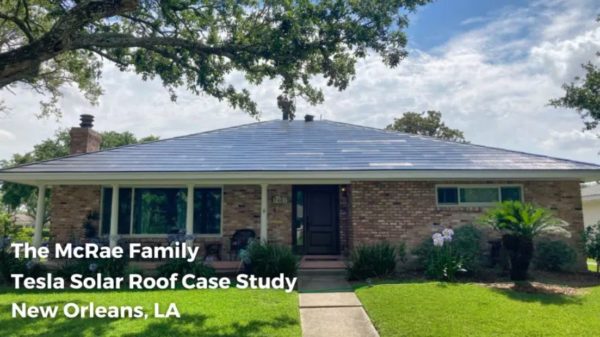
The system can be controlled with remote mobile monitoring. The Tesla Solar Inverter, which comes in 3.8 kW and 7.6 kW designs, hosts built-in Wi-Fi, Ethernet, and cellular connectivity for updates through the Tesla app.
Gulf Coast region-serving Solar Alternatives is an engineering, consultation, and construction services firm with commercial, industrial, utility, and residential clients.
The McRae family’s solar journey began with a 3.5kW system with Solar Alternatives to meet the demand for their electric vehicle. Now, the system is expected to supply enough power for their entire home, while also exporting excess energy to the grid during times of high energy demand for net metering credits.
An effort for energy independence
The PowerWall batteries provide backup power in the case of a grid outage. Late last summer, Hurricane Ida made landfall in Louisiana, knocking out power for up to 1.2 million electricity customers. Investor-owned utility Entergy estimates the hurricane damaged 30,000 utility poles, nearly double that of Hurricane Katrina (17,000). As more climate-onset extreme weather is expected for the region, many families are looking to incorporate home energy storage for resilience.
In his recent popular book about grid modernization, Freeing Energy, venture capitalist Bill Nussey said he sees billion-dollar opportunities for distributed solar and energy storage innovators. Nussey’s vision of an evolved grid features projects like the McRae family’s solar array, which feature local energy production and storage.
Nussey said an aging grid and lower-cost alternatives to large scale transmission would make “local energy” the best way to provide most residential and commercial energy for the 70% of Americans who live in suburbs and rural areas. Nussey outlines 18 benefits localized solar provides, including grid benefits, reliability and resiliency, and ratepayer energy bill savings. Another benefit is a reduction of 1400 to 2100 pounds of carbon dioxide per month for a typical home’s rooftop solar system. If coal power is displaced, that rooftop system also prevents the creation of 185 pounds of coal ash per month, said Nussey.
This content is protected by copyright and may not be reused. If you want to cooperate with us and would like to reuse some of our content, please contact: editors@pv-magazine.com.
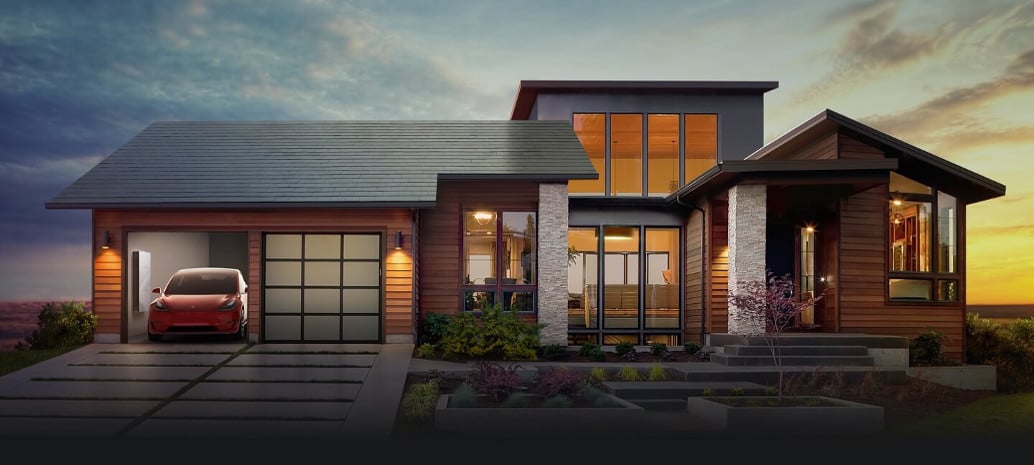
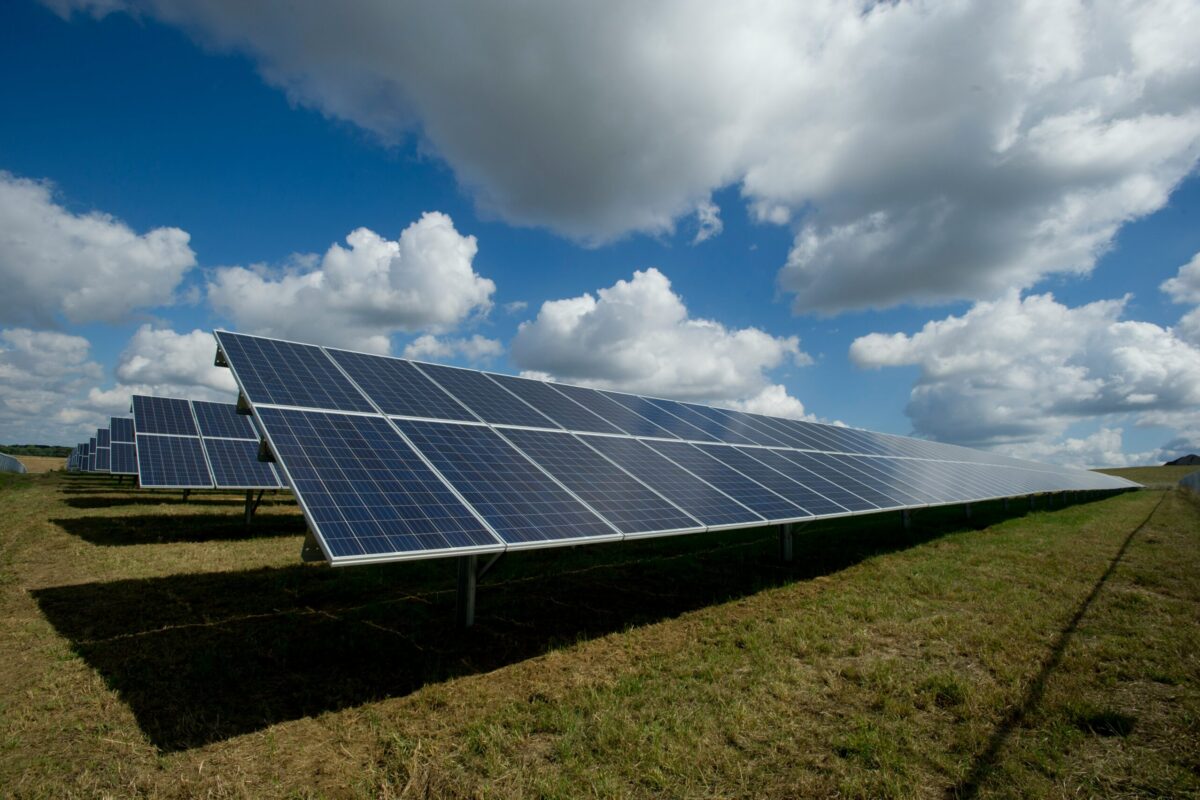





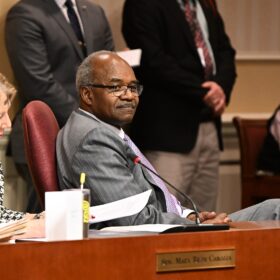
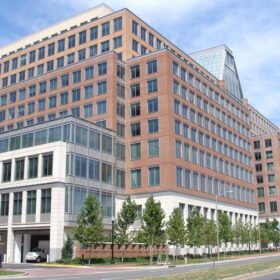
Welcome to the future. Solar Roofs with battery power storage will save the planet if it is widely applied and adopted by utilities as the new norm rather than a one-off-off grid investment. Many Utilities are now trying to eliminate Net Metering and profit from homeowners’ solar expenditure with high monthly fees and low compensation for the green energy produced. This will only drive them off the grid and cause utilities to use more fossil fuels to keep the rest of it running smoothly. The thing that could save the utilities is installing their own battery storage systems in micro-grids and then paying for them with “time of Day” metering that charges more for the battery power, sent to homes and business, than from the solar power sent to them. Basically, what the homeowners with batteries are doing now to save money but, on a grid wide scale to make money. i also have the Tesla Solar Roof in California and I love it.